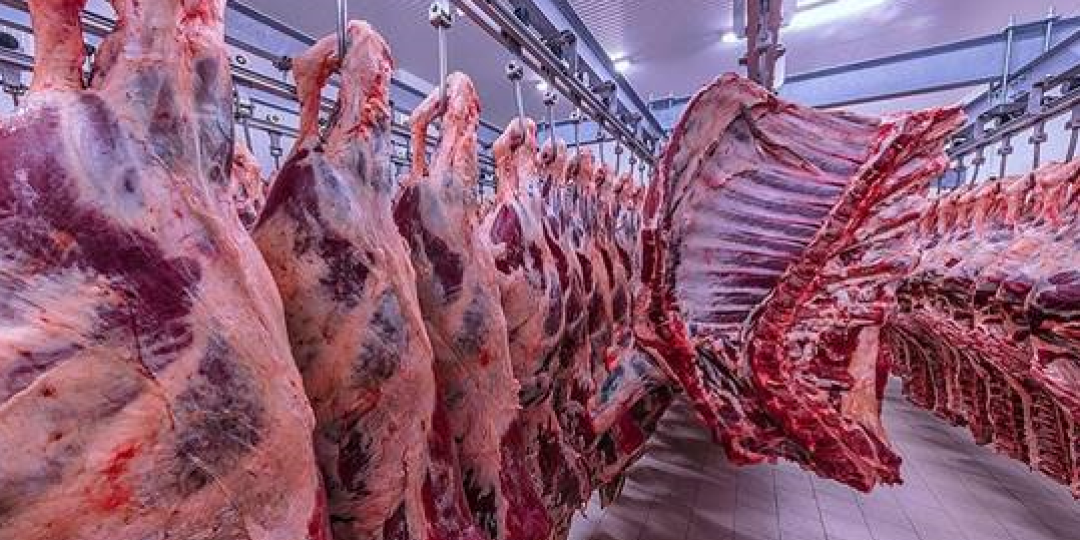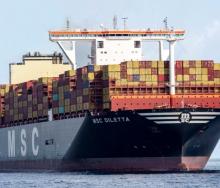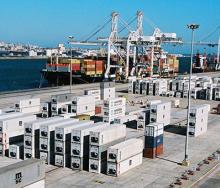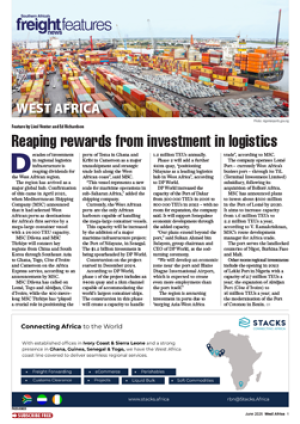South Africa saw significant growth in its beef exports last year, with cumulative exports increasing by 30% from 2023, reaching 38657 tonnes, 57% of which was fresh beef and 43% frozen.
But for this momentum to continue, agricultural economist Wandile Sihlobo has warned that the industry must intensify its efforts to control animal diseases.
Key export markets were China, Egypt, UAE, Jordan, Angola, Mozambique, Kuwait, Qatar, Saudi Arabia and Mauritius, amongst others.
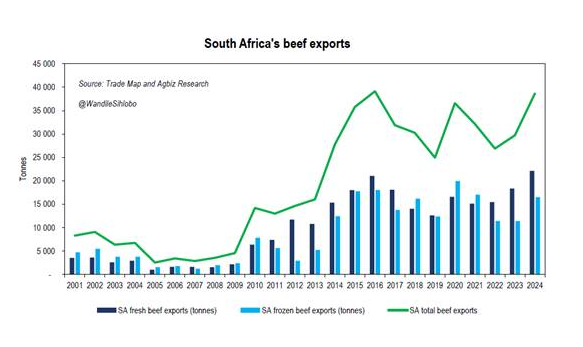
“Three years before this recovery, South African beef exports declined due to reduced slaughtering volumes and temporary closures in some key export markets. The major challenge was animal disease outbreaks across the country, primarily foot-and-mouth disease.
“Animal disease outbreaks are not unique to South Africa, but they are common worldwide, as we see in the US, parts of the UK, and Europe,” said Sihlobo.
But he points out that South Africa's challenges have intensified in recent years due to specific biosecurity weaknesses. “For example, in 2022, six of South Africa's nine provinces reported outbreaks of foot-and-mouth disease. This was the first time in the country's history that the disease had spread this widely.
“The challenging place the country found itself in prompted the government and industry stakeholders to increase their focus on strengthening farm biosecurity controls and surveillance.”
Other interventions that are still under way include efforts to improve South Africa's veterinary and related support services, primarily the laboratories, which deal with vaccine production needs.
The cost of diseases in the livestock industry is felt through the loss of livestock, reduced exports to the global market during outbreaks, and a slowdown in the country's agricultural fortunes.
“Livestock and poultry account for roughly half of agriculture's gross value added. Therefore, to ensure solid growth in the South African farming economy, we must devote sufficient resources and human capital to strengthening animal health,” he said.
“Moreover, livestock also significantly contributes to the inclusion of black farmers in commercial agricultural production. Therefore, the prevalence of animal disease outbreaks in recent years has arguably slowed the process of inclusion and transformation in the sector.”
The improvement in disease control had partly contributed to the recovery in exports in 2024, he added.
“However, the industry is not yet out of the woods. There have been recent outbreaks of foot-and-mouth disease in KwaZulu-Natal and parts of the Eastern Cape. These require a sharper focus to contain them, allowing the unaffected provinces to continue their export activities.
“In the long term, we will need to systematically enhance our biosecurity controls to reduce the frequency of these diseases. The starting point could be revitalising Onderstepoort Biological Products, a state-owned vaccine manufacturer, and the Agricultural Research Council.”
In addition, market diversification should be a key focus.
“We must work more strongly to open new export markets for the beef industry, especially in the Brics grouping, the broader Middle East and the EU, amongst other areas.
“The robust focus on promoting exports, coupled with the marketing of South African beef globally and domestically, and the focus on strengthening animal health, are all vital for the progress of our farming economy.”
